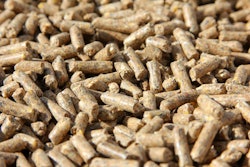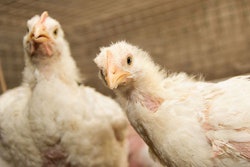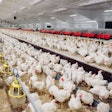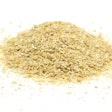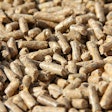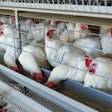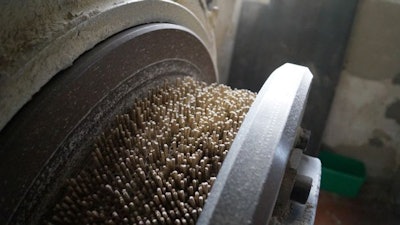
Additives can help with flowability and anti-caking during certain weather conditions
I was recently reminded by a customer the importance of keeping product flowability in mind. He had observed that the same formula and same ingredients started to flow much better now compared with during summer. The reason was easy enough to explain and he actually knew it already, but he wanted to check with me anyway. Summer in his region is hot and humid. The product in question, in meal form, contains lots of sugars that attract water and tend to become sticky. As environmental humidity dropped considerably in the past few weeks, product flowability improved also.
There is a lesson here in that summer and winter are difficult times that need attention when certain ingredients in a formula are prone to behave differently. Sugars and milk products are such products, but the same can be said for molasses and a host of other ingredients. Adding a flowability and anti-caking agent can always be of some help, but the exact dosage is not a universal number but rather a trial-and-error type of learning curve.
Here we should mention that these two additives are not the same. It is indeed possible for certain flowability agents to have some limited anti-caking properties, and vice-versa, but there are distinct products that do each job separately at their best. Picking one or the other, or both, is a matter of ingredient selection. Ingredients that are difficult to flow are not always sticky, whereas ingredients that will be sticky with excess humidity can flow perfectly fine in dry conditions. It is highly recommended to discuss this with an experienced plant manager.
Many nutritionists believe that such technical additives are needed only in products in meal form. Let us not forget that mixed feeds do not automatically appear at the pellet machine entry point. Flowing smoothly inside the feed plant is equally good, and some such technical additives can even help during pelleting making either for stronger pellets or for pellets that require less energy to go through the pelleting process. Again, discussing this with an experienced pellet operator can be really enlightening.


